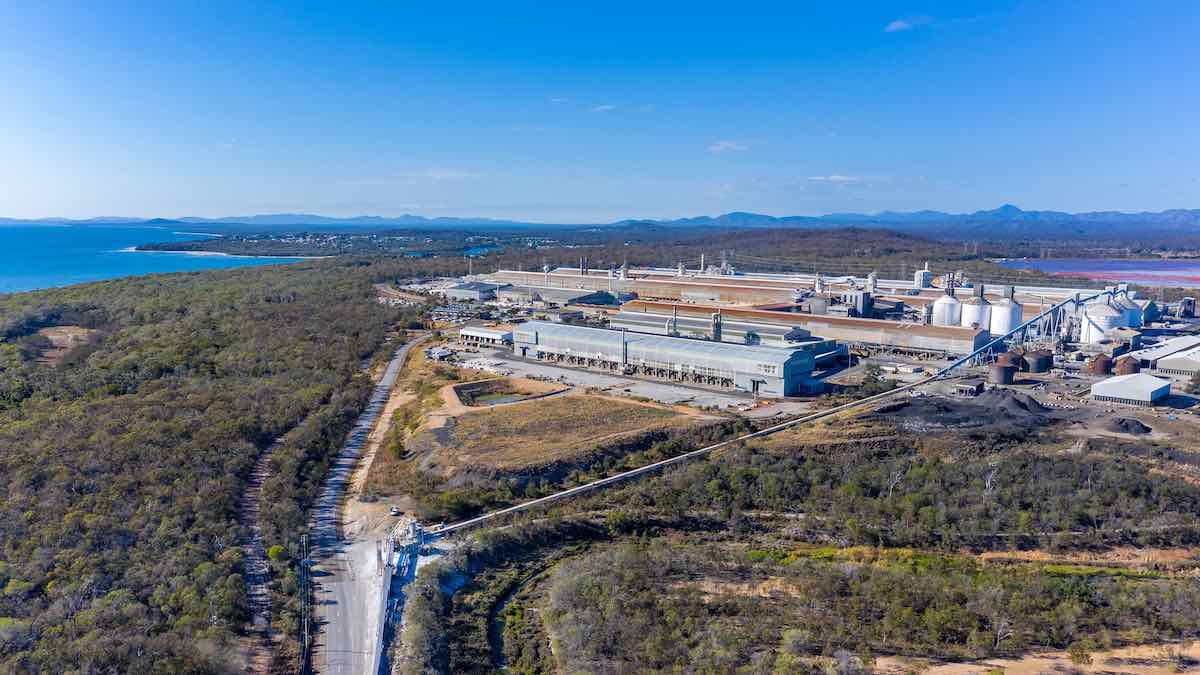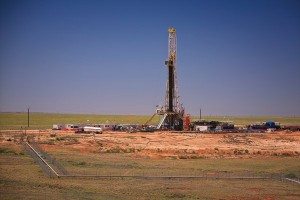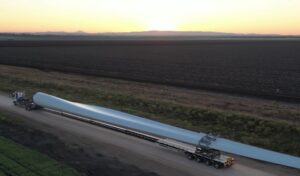A major new deal between the Queensland government and resources giant Rio Tinto promises to safeguard the future of the state’s struggling Boyne aluminium smelters in Gladstone as they transition from coal to renewable energy.
Boyne, which is Australia’s second-largest aluminium smelter and employs around 1,000 people, has foundered under the weight of the high cost of energy from the coal-fired Gladstone Power Station, in which Rio also has a stake.
Rio has long touted its ambitions to power its Australian refineries and smelters with wind and solar, to make them globally competitive on both price and emissions. But it has also signaled it will need help keeping its Queensland operations afloat in the meantime.
Of the 5 GW of new capacity required for Rio’s Gladstone smelters and refineries, it has locked in more than 2.2GW through power purchase agreements, or PPAs.
Those contracts included European Energy’s 1.1 GW Upper Calliope solar project in central Queensland, and the 1.4 GW Bungapan wind project to be developed by iron ore billionaire Andrew Forrest’s majority owned Windlab. Both are the largest of their kind in Australia.
But the resources giant has been in negotiations around public assistance for the more costly storage and other dispatchable capacity before embarking on new renewable energy tenders.
“The task remains challenging,” Rio Tinto chief executive Jakob Stausholm said in February, after signing the company’s second PPA in a matter of weeks, with the Bungapan wind farm.
“But we have a pathway to provide the competitive, firmed power our Gladstone plants need and we are continuing to work hard with all stakeholders, including the Queensland and Australian governments, on getting there.”
The agreement with the Queensland government, announced on Thursday, commits the state Labor government to support the financial viability of Boyne Smelters Ltd (BSL) as it transitions to renewable energy.
In return, Rio will invest to maintain the smelter’s full operational capacity, and commit to additional “sustainable energy investments” in the state, building on the aforementioned solar and wind energy PPAs.
The deal also commits the Boyne smelter to “develop capabilities” to manage its power consumption during times of peak demand and to help strengthen the electricity grid – and to support the establishment of Gladstone as a renewable energy hub.
No specific funding amounts or arrangements were mentioned by either party, but Rio has said that the support will come from the Queensland government’s Energy and Jobs policy from 2029.
Speaking at a press conference on Thursday, Queensland Premier Steven Miles said that this deal, like other long-term power supply agreements the government has had with the smelter, is commercial in confidence.
“But this is a good deal for Queensland that secures one of our biggest employers, but also one of our biggest emitters,” Miles said. “They use 10% of our energy here, and that means we can make a real step shift in our efforts to reduce emissions to increase renewables.
“It also includes an agreement for load sharing, so that if there are times when our future energy network needs to draw that energy back for more critical uses, we can work with Rio Tinto to do that. So it gives us… a great degree of flexibility in how we operate our electricity grid.”
Rio says the agreement remains contingent on the completion of its energy contracting activities, relevant joint venture approvals, and the establishment of an Australian government pathway for a decarbonised aluminium industry.
“This agreement with the Queensland government represents one of the most significant partnerships in our long history of operations in the state,” said Rio Tinto chief in Australia, Kellie Parker.
“It paves the way for a competitive, green-energy powered BSL, supporting employment and lowering Australia’s carbon footprint. The partnership will support Australia’s status as a leading, global supplier of aluminium at a time when the world needs the metal for the green energy transition.
“While this is a critical part of the puzzle, we have more to do. We will continue to engage with the federal government on supportive industry policy to help sustain Australia’s green aluminium sector for the future.”










